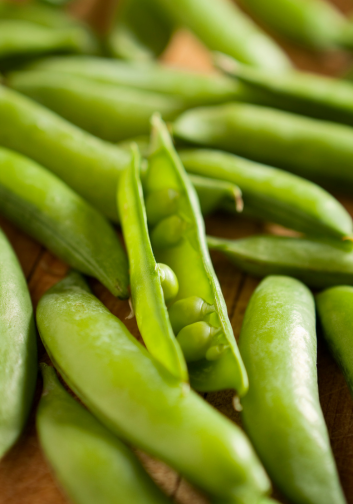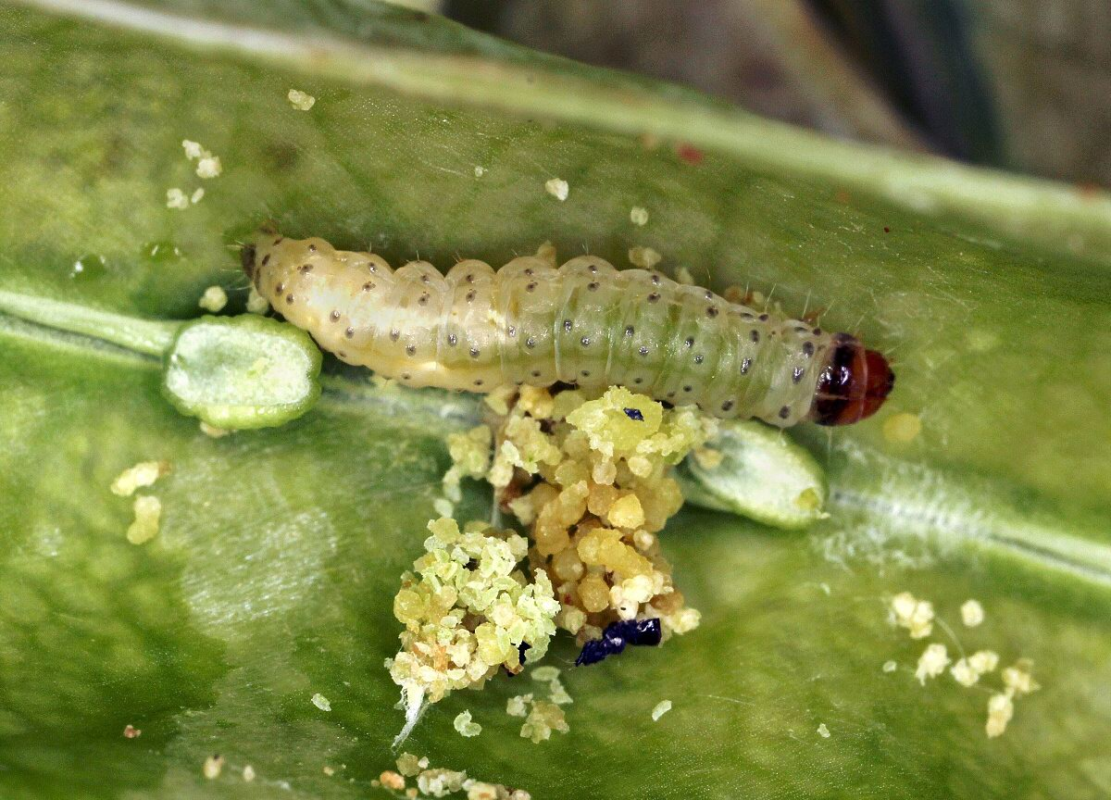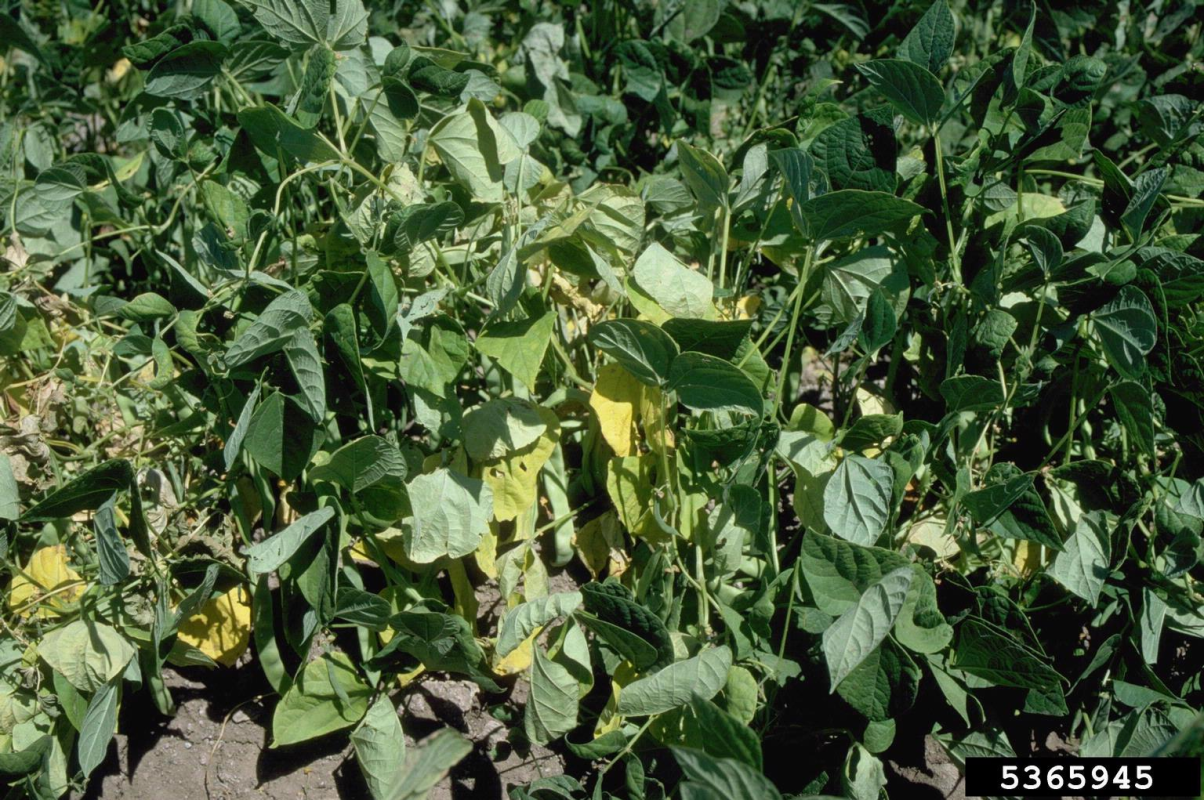Peas (Pisum sativum) are delightful cool-season vegetables, known for their sweet flavor and versatility in the kitchen. These plants typically grow between 2-3 feet tall, making them ideal for small gardens or even container gardening.

With a maturity period of about 60 days, peas are among the first vegetables that can be harvested in spring. They require a support structure like trellises to maximize their growing space and ease of harvesting. This guide will help you maximize your yield and enjoy fresh peas directly from your garden.
| Common Name | Garden peas, English peas |
| Botanical Name | Pisum sativum |
| Family | Fabaceae |
| Plant Type | Annual, legume |
| Size | 2-3 feet tall |
| Sun Exposure | Full sun to partial shade |
| Soil Type | Loamy, well-drained |
| Soil pH | Neutral to slightly acidic (6.0 to 7.0) |
| Bloom Time | Early to mid-spring |
| Hardiness Zones | 2-9, USDA |

When to Plant?
The best time to plant peas is early spring, as soon as the soil is workable and no longer frozen. Peas can germinate in soil temperatures as low as 40°F, but the optimal soil temperature is around 50°F. In cooler climates, you can also plant a second crop in late summer for a fall harvest.
Companions
How to Plant
- Soil Preparation: Enrich the soil with compost or well-rotted manure before planting. Peas benefit from phosphorus and potassium, so consider adding a balanced fertilizer.
- Planting Depth and Spacing: Plant seeds 1 inch deep and 2 inches apart. If planting rows, keep them about 18 inches apart.
- Support Structures: Set up trellises, stakes, or netting at planting time to support the growth of climbing pea varieties.

How to Cultivate
- Watering: Water peas regularly, especially during flowering and pod development, to keep the soil consistently moist.
- Mulching: Apply a layer of organic mulch around the base to retain moisture, suppress weeds, and keep the roots cool.
- Pest Management: Watch for common pests such as aphids and pea weevils. Use insecticidal soap or neem oil as an organic control method.
- Disease Prevention: Avoid overhead watering to minimize the risk of fungal diseases like powdery mildew.
How to Harvest
- Timing: Harvest peas when pods are swollen but before they become too large and starchy.
- Method: Hold the vine with one hand and pick the pods with the other to avoid damaging the plant.
- Continuous Harvest: Regular picking encourages the plant to produce more pods.
Hydroponics
Growing peas hydroponically can lead to a cleaner and more controlled cultivation process:
- System Setup: Use a nutrient film technique (NFT) or ebb and flow system.
- Nutrients: Adjust nutrient solutions to the specific needs of pea plants, ensuring they receive adequate nitrogen for leaf and stem development.
Common Pests and Diseases
Pea Moth (Cydia nigricana)
- Symptoms: Larvae feed inside the pods, affecting seed quality and yield.
- Management: Use pheromone traps to monitor and reduce moth populations.

Fusarium Wilt (Fusarium oxysporum)

Symptoms: Yellowing leaves; discoloration often begins around the middle vein and spreads outwards; gray fuzzy or downy growth on the lower surface of the leaves; brown to black angular necrotic patches on the plant.
Cause: Fungus
Management
Grow tolerant varieties; apply protective fungicide; ensure good air circulation around greenhouse-grown plants; use drip irrigation to avoid wetting foliage.


